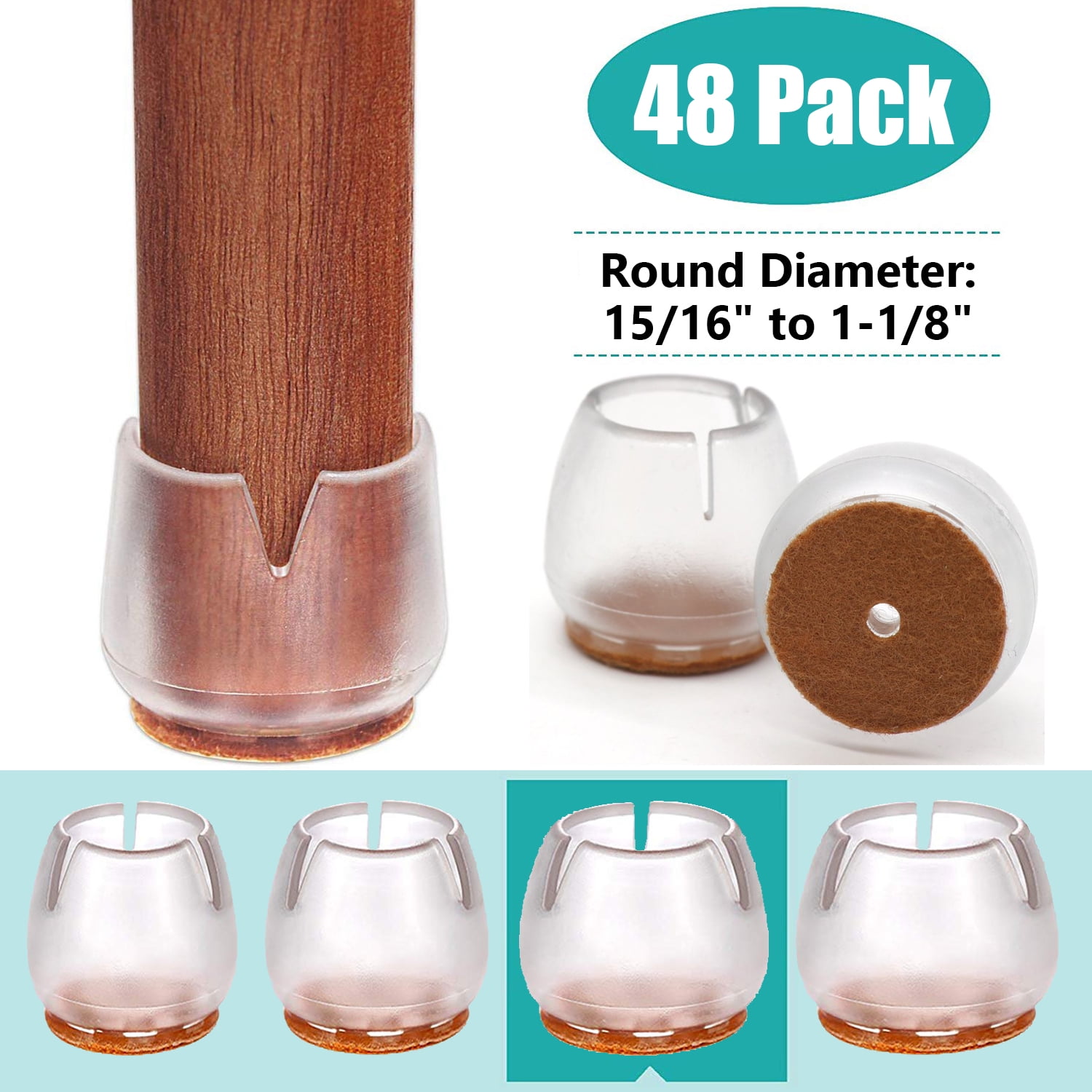Types of Chair Leg Pads: Pads For Dining Room Chair Legs

Alright, so you’ve got your fancy dining chairs, right? But those legs are scratching up your beautiful floor like a rabid badger on a hardwood dance floor. Don’t worry, my friend, we’re going to fix that. We’re diving deep into the world of chair leg pads – the unsung heroes of floor protection. Think of them as tiny, silent guardians, preventing chair-related catastrophes.
Chair Leg Pad Materials, Pads for dining room chair legs
Choosing the right material is key. It’s like picking the perfect weapon for a ninja – you need the right tool for the job. Each material offers a unique blend of protection, durability, and aesthetic appeal. Get this wrong, and you’re looking at more scratches than a teenager’s first attempt at skateboarding.
| Pad Type | Installation Method | Advantages | Disadvantages |
|---|---|---|---|
| Felt | Adhesive, Self-adhesive, Slip-on | Soft, inexpensive, good for hardwood floors. | Wears out quickly, can leave residue, not suitable for high-traffic areas. |
| Rubber | Adhesive, Self-adhesive | Durable, good grip, protects floors effectively. | Can leave marks on some floors, less aesthetically pleasing than felt. |
| Silicone | Self-adhesive, Slip-on | Very durable, reusable, excellent grip. | More expensive than felt or rubber, can be difficult to remove. |
| Plastic | Slip-on, Screw-on | Very durable, inexpensive, easy to clean. | Can be noisy, not suitable for all floor types, may scratch floors if not properly fitted. |
Chair Leg Pad Shapes and Sizes
The shape and size of your chair leg pads matter. A square pad on a round leg? It’s a recipe for disaster! Consider the leg’s shape and the floor’s surface. Think of it as finding the perfect pair of shoes – the wrong fit will cause problems.
Chair Leg Pad Installation Methods
Now, for the action. Installing these bad boys is easier than assembling IKEA furniture (almost). We’ve got adhesive, self-adhesive, and slip-on options. Each method has its own quirks, so pay attention!
